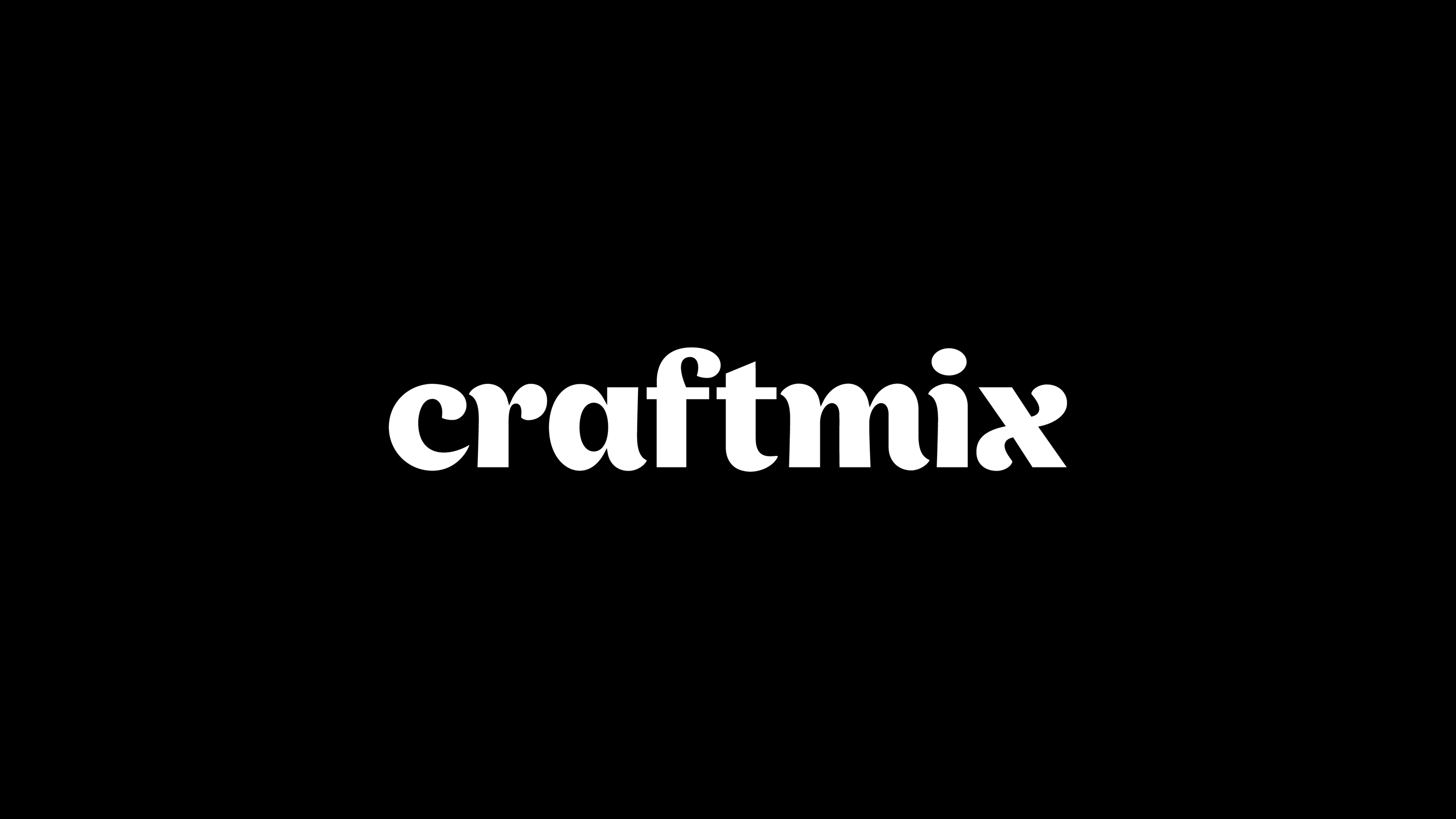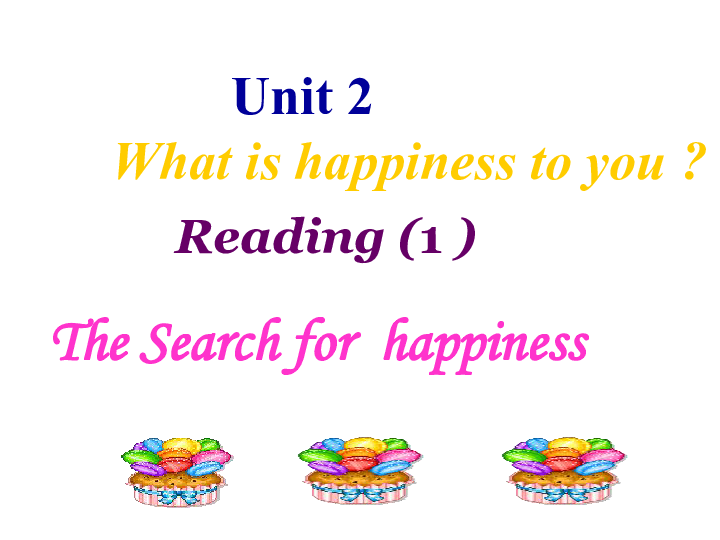### What is a Forbearance for Student Loans? Understanding Its Benefits and Implications
#### What is a Forbearance for Student Loans?Forbearance for student loans is a temporary relief option that allows borrowers to pause or reduce their loan……
#### What is a Forbearance for Student Loans?
Forbearance for student loans is a temporary relief option that allows borrowers to pause or reduce their loan payments for a specific period. This can be particularly beneficial for those facing financial hardships, such as job loss, medical emergencies, or other unforeseen circumstances. During forbearance, interest may continue to accrue on the loan, which can increase the total amount owed once the borrower resumes payments.
#### Key Features of Student Loan Forbearance
1. **Eligibility Requirements**: Not all borrowers qualify for forbearance. Lenders typically require borrowers to demonstrate financial hardship or other qualifying circumstances. It's essential to check with your loan servicer for specific eligibility criteria.
2. **Types of Forbearance**: There are two main types of forbearance: discretionary and mandatory. Discretionary forbearance is granted at the lender's discretion, while mandatory forbearance must be granted if the borrower meets certain criteria, such as serving in a medical residency or being called to active military duty.
3. **Impact on Credit Score**: While forbearance can provide immediate relief, it’s important to note that it does not directly impact your credit score. However, missed payments before entering forbearance could negatively affect your credit history.

4. **Interest Accumulation**: One of the significant drawbacks of forbearance is that interest continues to accrue on most types of loans during the forbearance period. This means that once the borrower resumes payments, they may owe more than they did before entering forbearance.
5. **Duration**: Forbearance periods can vary, but they typically last for up to 12 months. Borrowers can request an extension, but they should be aware of the total duration limits set by their loan servicer.
#### Advantages of Forbearance
- **Immediate Relief**: Forbearance can offer immediate financial relief, allowing borrowers to focus on other pressing financial obligations without the burden of student loan payments.
- **Flexible Options**: Borrowers can explore different forbearance options based on their unique circumstances, making it a flexible solution for those in need.

- **Preventing Default**: By entering forbearance, borrowers can avoid defaulting on their loans, which can have severe long-term consequences, including wage garnishment and damage to credit scores.
#### Disadvantages of Forbearance
- **Increased Debt**: The accumulation of interest during forbearance can lead to a larger loan balance, making it more challenging for borrowers to manage their debt in the long run.
- **Temporary Solution**: Forbearance is not a permanent fix. Borrowers may need to explore additional options, such as income-driven repayment plans or loan consolidation, once the forbearance period ends.
- **Potential for Mismanagement**: Some borrowers may enter forbearance without fully understanding the implications, leading to further financial strain once payments resume.

#### Conclusion
In summary, understanding what is a forbearance for student loans is crucial for borrowers facing financial difficulties. While it can provide necessary relief, it is essential to consider the long-term implications, including the potential for increased debt and the need for a comprehensive repayment strategy. Borrowers should communicate with their loan servicer, explore all available options, and make informed decisions to navigate their student loan obligations effectively.